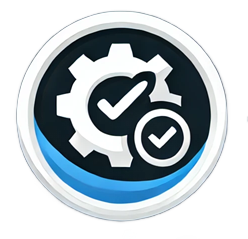The Value of Being Agile: QA Testing in Agile Environments
Agile methodologies prioritize collaboration, iterative progress, and quick feedback, significantly impacting QA roles. QA testers contribute through continuous collaboration in sprints, participating in Scrum ceremonies, and utilizing continuous testing for immediate feedback. Best practices include early involvement, pair testing, selective automation, and tracking quality metrics, enhancing product development aligned with user needs.
